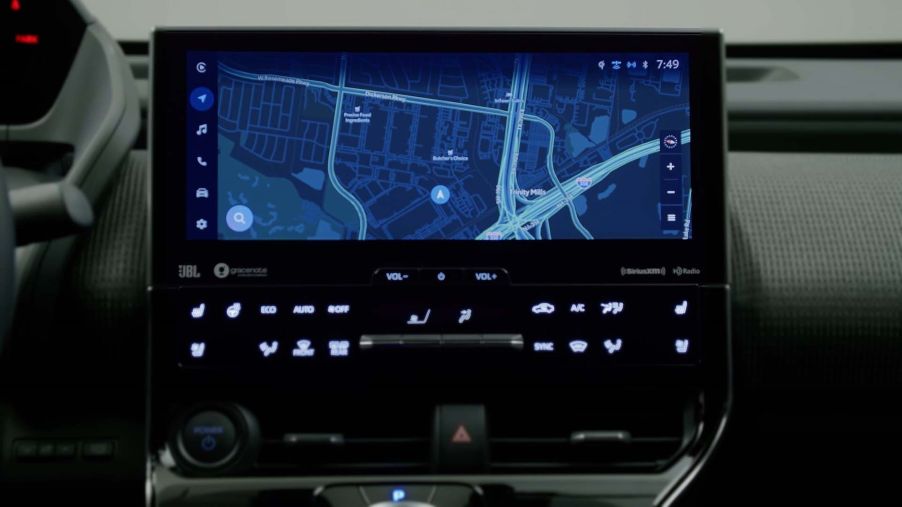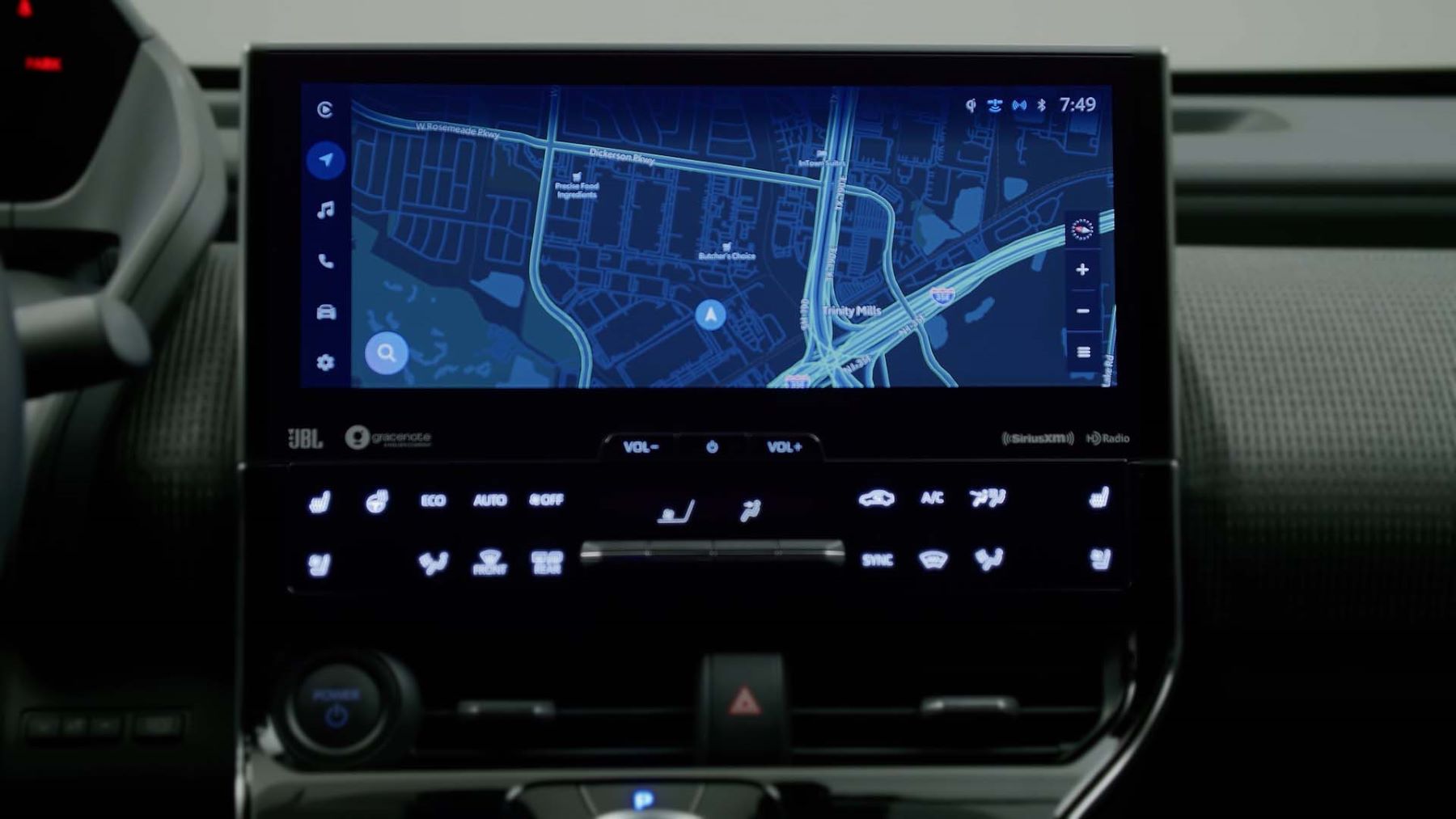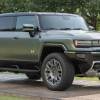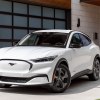
How Does Using a Navigation System Affect an EV’s Driving Range?
Many prospective EV buyers suffer from range anxiety, thinking their battery will fail while on the road. Additionally, they’re often concerned that their battery will die solely due to driving. They aren’t considering the car’s numerous other electrical systems, from Android Auto to heated seats. It is worth exploring how much these systems affect an EV’s battery life. Many navigation apps drain your smartphone’s battery fairly quickly. So, does the same hold true for your EV?
How much does it take to truly power an EV?
Most prospective EV buyers pay attention to a vehicle’s MPGe or driving range. However, if we want to explore how much it takes to power an EV, Edmunds advises we look at another metric: kilowatt hours per 100 miles (abbreviated as kWh / 100 miles). Not only can you find this metric in your owner’s manual, but you can also find them on the websites of the U.S. Environmental Protection Agency and the Department of Energy, as well as on third-party websites like the Fully Charged or the Electric Vehicle Database. This metric tells you how much energy you’ll need to take you 100 miles. When you look at a car’s automotive systems, understanding how many kWh / 100 miles each system consumes will help you understand whether one or more of them is a substantial drain on your car’s battery.
You can also use this figure to help determine how much it costs to charge your battery and how much your automotive system usage is costing you. If you take the average electricity rate you pay when charging your EV and multiply it by your vehicle’s kWh / 100 miles figure, you’ll find how much it takes to charge your car. You can find your average price on your monthly utility bill. Or, if you use a smart home charging system, like the JuiceBox 40 or ChargePoint Home Flex, you can see pricing information in the related smartphone app.
Knowing how much energy your navigation consumes, you can multiply this figure by your average electricity cost. Doing so can help you conserve your battery’s charge and save money.
How much electricity does your EV’s navigation system use?

In truth, if you’re navigating by connecting your phone to your car, your energy consumption is much less than that of your car’s radio. So, how much does your car’s radio consume? About 10 watts per hour. That’s pretty small compared if your vehicle is rated for a couple hundred kWh / 100 miles.
On Quora, some people have estimated that a navigation system on a phone uses a lot less – approximately 100 mW to 200 mW. However, if you’re connecting your phone to Android Auto or Apple CarPlay, you’re likely charging your phone using your EV battery. Still, Wired notes the energy consumption to charge your phone is negligible – less than 1% of 1 kWh per 100 miles.
Now, modern infotainment systems use a bit more energy. Of course, these systems have multiple bells and whistles, from music to voice commands to vehicle controls. A modern infotainment system with built-in navigation could use as much as 25 kWh per 100 miles.
Should I turn off my navigation to preserve my battery life?
If you have range anxiety and a dying battery, you may wonder if turning off your navigation is a good idea. Well, if you don’t know where you are, it’s probably the one system you need to keep on. Using a simple formula, we can see how negligible the energy consumption of using your phone to navigate or a built-in navigation system is.
Just Energy notes that you can determine how much energy your secondary systems use as a percentage of a full battery simply by using the formula P(kW) = P(W)/1,000. When we divide 10 watts by 1,000, we see that we’re using 0.01 kWh per hour or 1% of our battery life. Similarly, dividing 25 watts by 1,000 means using just 2.5% of our battery life.
Now, these figures are per hour, so if you’re down to 7% battery life, have miles to go, and vaguely know where you are, you may want to risk turning off your navigation. However, if you simply suffer from range anxiety regularly and daydream about being stuck on the road to get groceries, you likely have nothing to worry about.
If you really need to save some battery life, you’ll want to start by turning off your heated seats and cooling features, which, beyond your motors, consume the most energy of any of your EV’s systems by far. Navigation isn’t the kind of drain on your battery you need to worry about.


